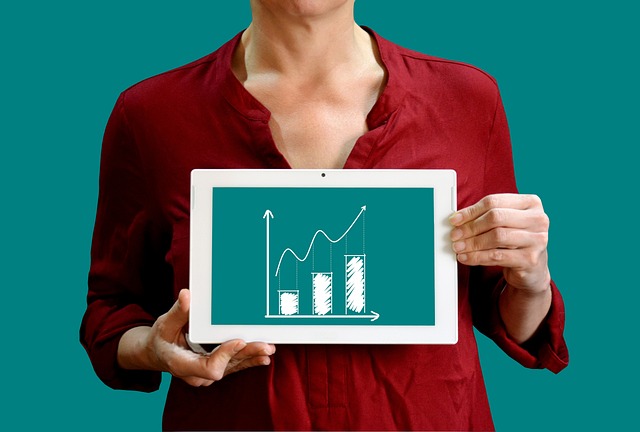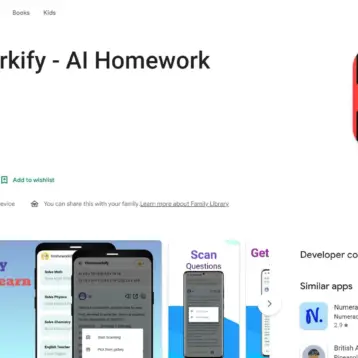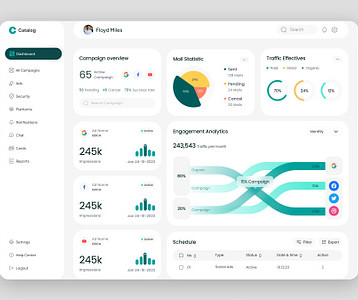
The sales funnel is a handy tool for sales and marketing teams to help see where prospects are in their buying process, and to assist in lead generation and sales forecasting.
But before you can start using a sales funnel for your business, or downloading a sales funnel template, you have to understand your company’s sales process and break it down into stages. You also have to design your funnel visual before entering customer data.
How to Get Started With a Sales Funnel Template
The easiest way is to get a ready-to-use template that has everything you need to track and manage your opportunities across the sales cycle, from qualification to close.
Your sales funnel template outline will help visualize the journey that leads take with your business – from becoming a prospect, to buying and becoming your customer.
What You Will Get from a Brilliant Sales Funnel Template
Great sales funnel templates are designed to help you track and manage your sales opportunities from start to finish. With everything you need in one place, you can qualify leads, track their progress, and close more deals.
It will allow you to keep a close eye on your sales opportunities and see where they are in the sales funnel at all times. Having this information will allow you to customize your sales pitch to better suit the needs of your potential customer, and increase your chances of closing the deal.
What’s the Difference between B2B and B2C Sales Funnels?
When it comes to a business-to-business (B2B) sales funnel versus a business-to-customer (B2C) sales funnel, the main difference lies in the buying time.
A B2B sales funnel is usually longer because customers tend to spend a longer period in the middle of the funnel. Additionally, B2C consumers usually move through the funnel alone, while B2B sales may involve other team members or key decision-makers in the buying journey.
Three Steps to Creating A Sales Funnel:
- Creating a sales pipeline is to define the stages of your sales process
This will help you group activities into larger categories, such as generating, qualifying, and nurturing leads.
For example, most sales funnels begin by identifying prospects and introducing them to your business, solution, or offer. You would then create a sales pipeline stage around the groups of activities you need to complete to generate a lead.
- Consider How Each Pipeline Stage Relates to the Buyer’s Journey
It’s important to consider how each stage of your sales pipeline relates to the buyer’s journey. This will help you better understand how your activities can help move a lead closer to making a purchase decision.
For example, the typical sales funnel starts with identifying prospects and introducing them to your business, solution, or offer. You would then define a sales pipeline stage around the groups of activities you need to complete to generate a lead.
- Design a Funnel Visual Template
When you have your funnel stages all set up, the next step is to download and or create a sales funnel template to use as a guide for your business.
When Downloading a Sales Funnel Template
Excellent sales funnel templates such as ones you can download from Gong.io are designed to help you track the value of each opportunity and see the total value of your sales pipeline. It also includes a section for the next steps so you can keep track of what needs to be done with each prospect to move the deal forward.
- The sales funnel is a process that helps track opportunities from beginning to end. By clicking the drop-down list, you can easily find and select the stage that your qualified lead is currently in so that you can move them forward through the sales funnel.
- Setting up forecast categories can help you prioritize opportunities and sales efforts. This part of the template lets you input data to help you make more accurate predictions about which deals are more likely to close.
- The expected close date is the date when a deal is projected to close. This is used to forecast quarterly sales and identify deals that may be at risk of slipping past their expected timelines.
- Forecast values give you an idea of how likely an opportunity is to turn into a sale, based on the win probabilities. Use this information to find gaps in your pipeline and make changes to your sales strategy.
- It’s crucial to follow up with potential customers to boost your chances of winning their business. Our software gives you the ability to see the exact date you last interacted with a prospect, so you can follow up on time.
- It’s important to track sales quotas for each sales representative and identify any gaps in their pipeline. This will help you determine how much more each rep needs to sell to reach their targets.
Having this information will allow you to better support your sales team and help them close more deals, ultimately increasing your company’s revenue.










